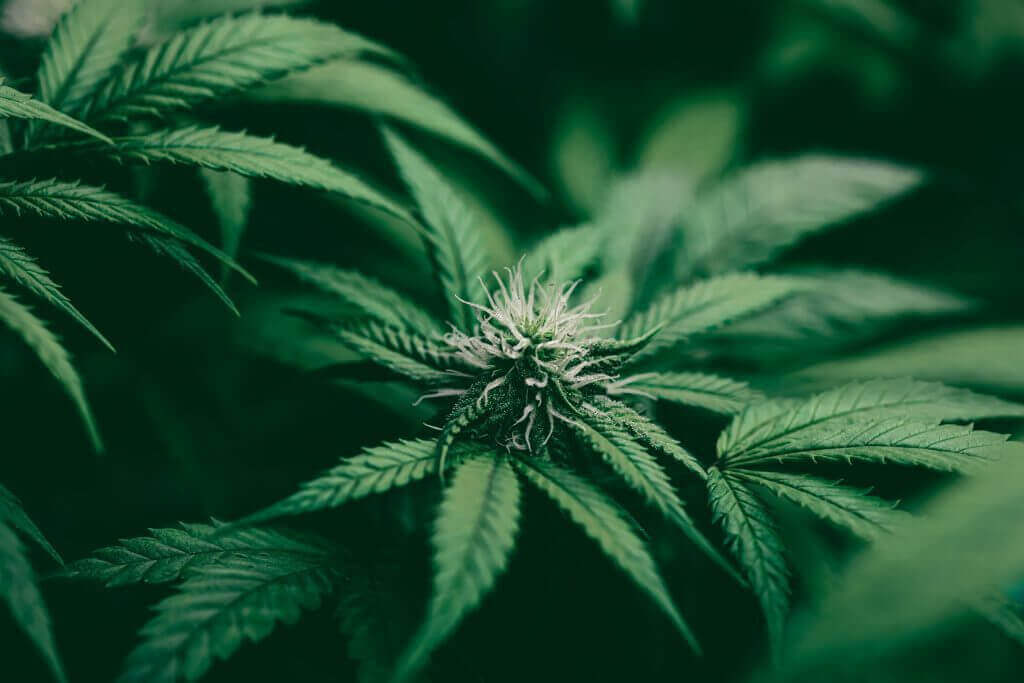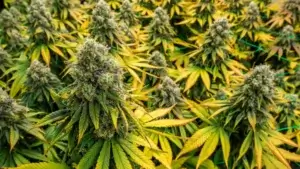How are Hemp and Cannabis Different?
Hemp and cannabis are often confused due to their shared origins in the Cannabis sativa plant species. However, they differ significantly in chemical composition, usage, cultivation, and legality. Understanding these distinctions can help you navigate the world of cannabis products more effectively.
Chemical Composition
The primary distinction between hemp and cannabis lies in their cannabinoid content, particularly THC (tetrahydrocannabinol), the compound responsible for the psychoactive effects of cannabis.
- Hemp:
- Contains 0.3% THC or less, making it non-psychoactive.
- High in CBD (cannabidiol), a non-intoxicating compound known for its therapeutic benefits.
- Cannabis (Marijuana):
- Contains more than 0.3% THC, with some strains reaching up to 30% THC.
- Can also contain CBD but in varying amounts, depending on the strain.
Usage
The differences in THC and CBD levels result in distinct applications for hemp and cannabis.
Cultivation
Hemp and cannabis are cultivated differently due to their specific purposes.
- Hemp:
- Grown in dense fields with plants close together.
- Focuses on height and stalk production for fibers.
- Requires minimal care and is resistant to pests and diseases.
- Cannabis (Marijuana):
- Cultivated with attention to flower quality and cannabinoid content.
- Grown in controlled environments to maximize THC and CBD levels.
- Requires more intensive care, including precise temperature, lighting, and humidity controls.
Legal Status
The legal status of hemp and cannabis varies by country and region, primarily due to their THC content.
- Hemp:
- Legal in many countries, including the United States, Canada, and European Union, as long as it contains 0.3% THC or less.
- Its non-psychoactive nature allows for widespread use in industrial and commercial products.
- Cannabis (Marijuana):
- Legal status depends on the country or state:
- Recreational Use: Legal in some places like Canada, Uruguay, and certain U.S. states.
- Medical Use: Legal in many regions with a doctor’s prescription.
- Still illegal in many countries due to its psychoactive properties.
- Legal status depends on the country or state:
Appearance
Hemp and cannabis plants also differ in their physical characteristics.
- Hemp:
- Tall, thin plants with sparse leaves, focusing on the stalk and fiber production.
- Minimal flowering compared to cannabis.
- Cannabis (Marijuana):
- Shorter, bushier plants with dense foliage and resinous flowers (buds).
- Cultivated for its flowers, which contain the highest levels of cannabinoids.
Health Benefits
Both hemp and cannabis offer potential health benefits, but their applications differ due to their chemical makeup.
- Hemp:
- Rich in CBD, which may help with:
- Anxiety and stress relief.
- Anti-inflammatory properties.
- Promoting overall wellness.
- Rich in CBD, which may help with:
- Cannabis (Marijuana):
- High in THC and CBD, offering benefits such as:
- Pain relief for conditions like arthritis or migraines.
- Appetite stimulation for chemotherapy patients.
- Muscle relaxation and spasticity relief for conditions like multiple sclerosis.
- High in THC and CBD, offering benefits such as:
Comparison Table: Hemp vs. Cannabis
| Feature | Hemp | Cannabis (Marijuana) |
|---|---|---|
| THC Content | ≤ 0.3% | > 0.3% |
| Primary Use | Industrial (textiles, food, CBD) | Recreational and medicinal |
| Psychoactive? | No | Yes |
| Cultivation | Grown densely for stalks and fibers | Grown for flowers with high THC or CBD |
| Legal Status | Legal in most countries under regulations | Varies widely by region |
| Appearance | Tall, sparse leaves | Short, bushy, resin-rich buds |
Key Takeaways
- Hemp is primarily an industrial plant with a focus on non-psychoactive CBD and sustainable products.
- Cannabis (Marijuana) is cultivated for THC-rich flowers and used for recreational or medicinal purposes.
- The main difference lies in their chemical makeup (THC content) and intended applications.
Understanding the differences between hemp and cannabis can help you make informed choices, whether you’re seeking therapeutic benefits, sustainable materials, or a recreational experience.




